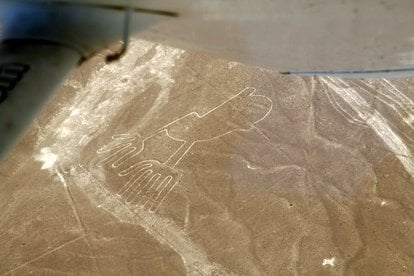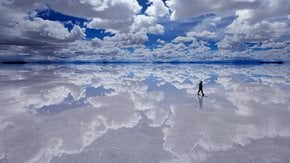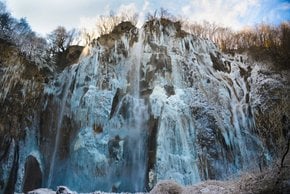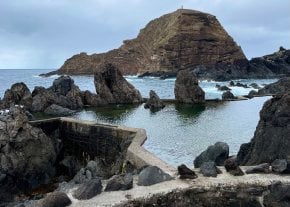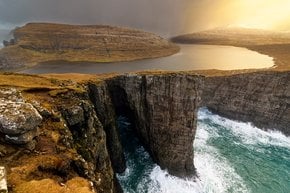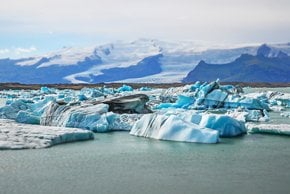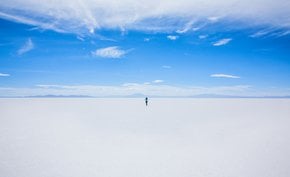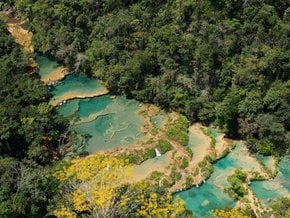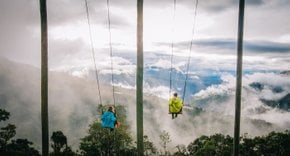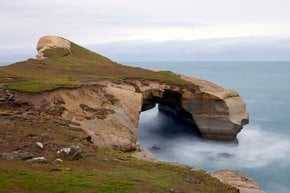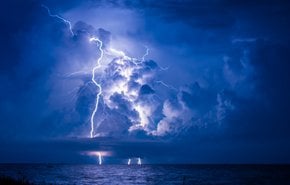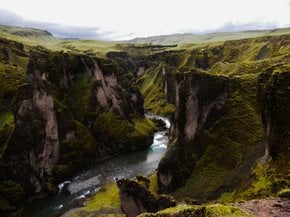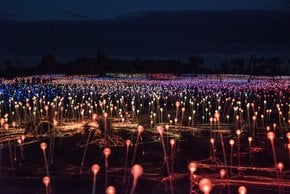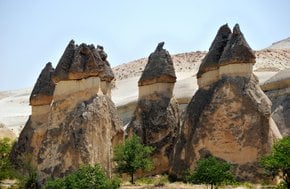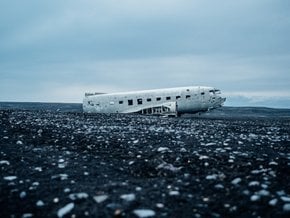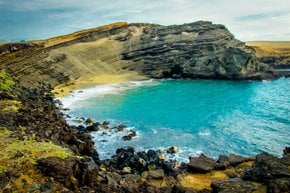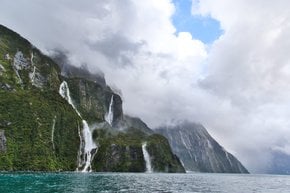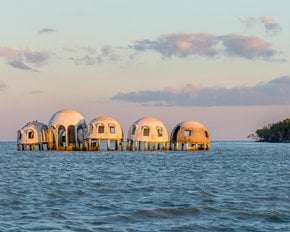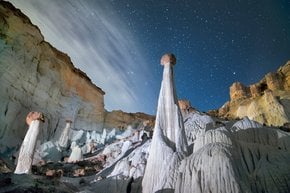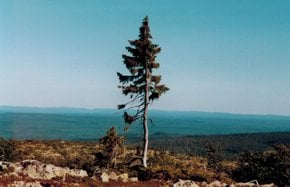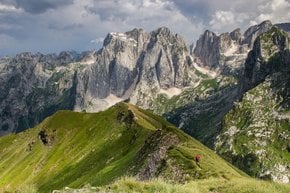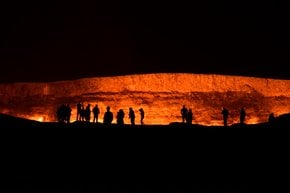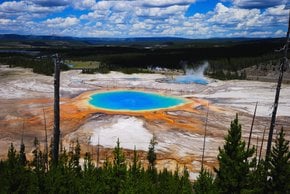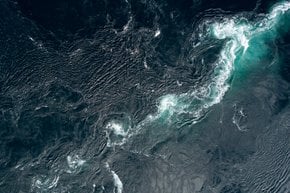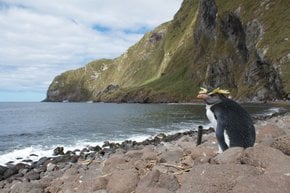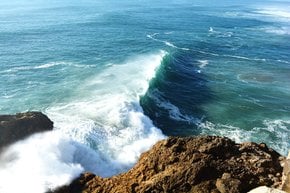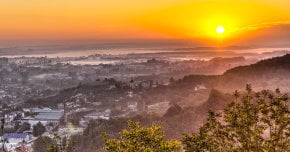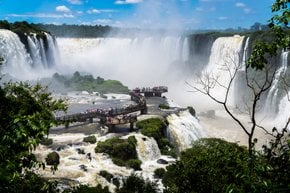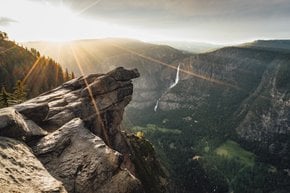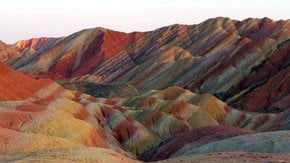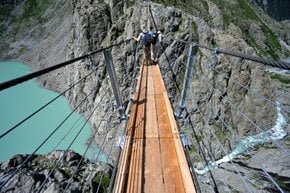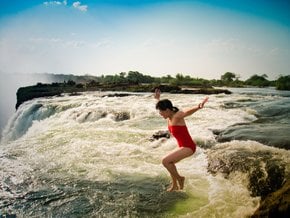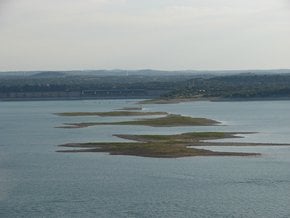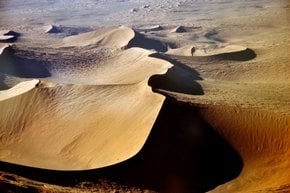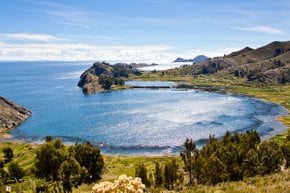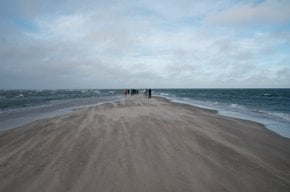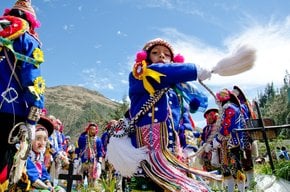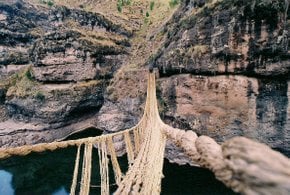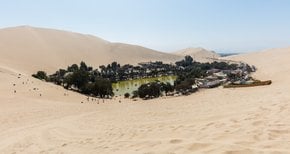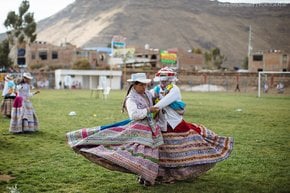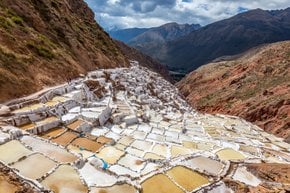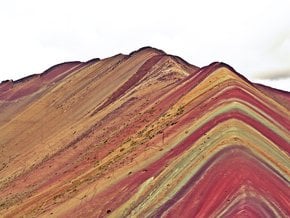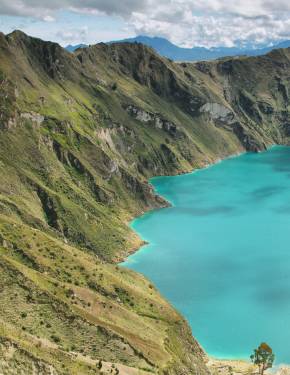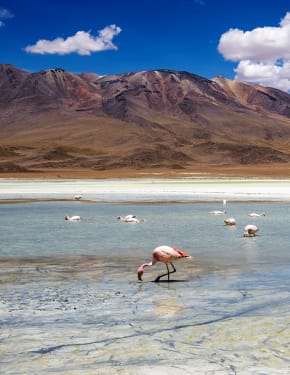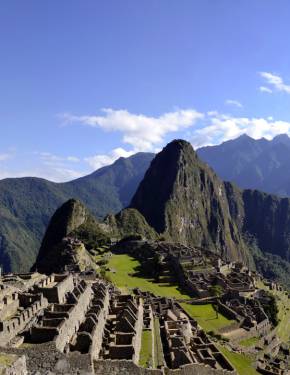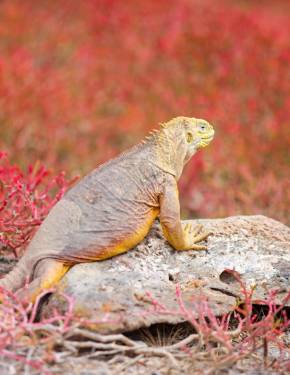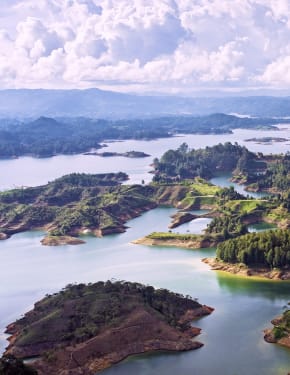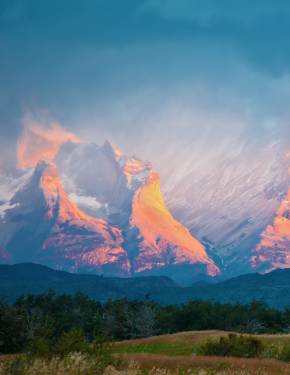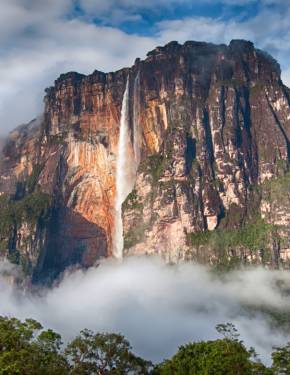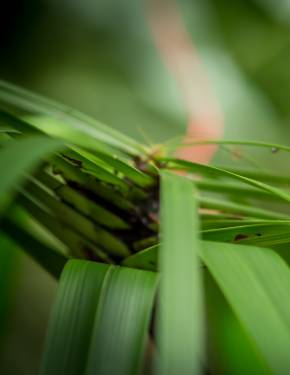Flying over the Nazca Lines during the Dry Months in Peru 2025-2026
Be prepared to meet two thousand year old art
Best time: November–March
Flying over the Nazca Lines in Peru is a once-in-a-lifetime experience that offers a glimpse into one of the world’s greatest archaeological mysteries. These enormous geoglyphs, etched into the arid desert plains over 2,000 years ago, depict a range of shapes, from geometric patterns to animals like monkeys, hummingbirds, and spiders. The true purpose of the Nazca Lines remains unknown—some theories suggest they were astronomical markers, religious symbols, or even messages to the gods. What makes this experience truly unique is that these massive figures, some stretching over 1,000 feet (300 meters), can only be fully appreciated from the sky. As your small plane soars over the vast desert, the sight of these ancient, perfectly preserved designs unfolding beneath you is both breathtaking and surreal, leaving you with a deep appreciation for the ingenuity of the ancient Nazca civilization.
When is the best time to visit Nazca Lines?
To enjoy the Nazca Lines with minimum chances of rain, humidity and erosion, it is advisable to visit between November and March during the dry season. This period is known as the perfect time for a flight over the Nazca Lines while avoiding severe turbulence.
Where do planes take off from?
Planes take off from several cities, including Nazca, Pisco, Ica, and others, but the distance, of course, plays a key role in the price calculation. On average, you should be ready to pay around $100 plus airport tax. Prioritize safety and select a reliable company with positive reviews. Before getting on the plane, think if you need anti-nausea pills, as in order to see some geoglyphs, pilots need to make steep turns of the plane, and not every stomach can cope with that. Also, do not take too many things with you, as there are always weight limits on such local flights.
Flights over the Nazca lines are organised year-round, but the best period is between November and March when there is only a small probability of rain. Also, morning flights with less turbulence and no haze may be more productive.

